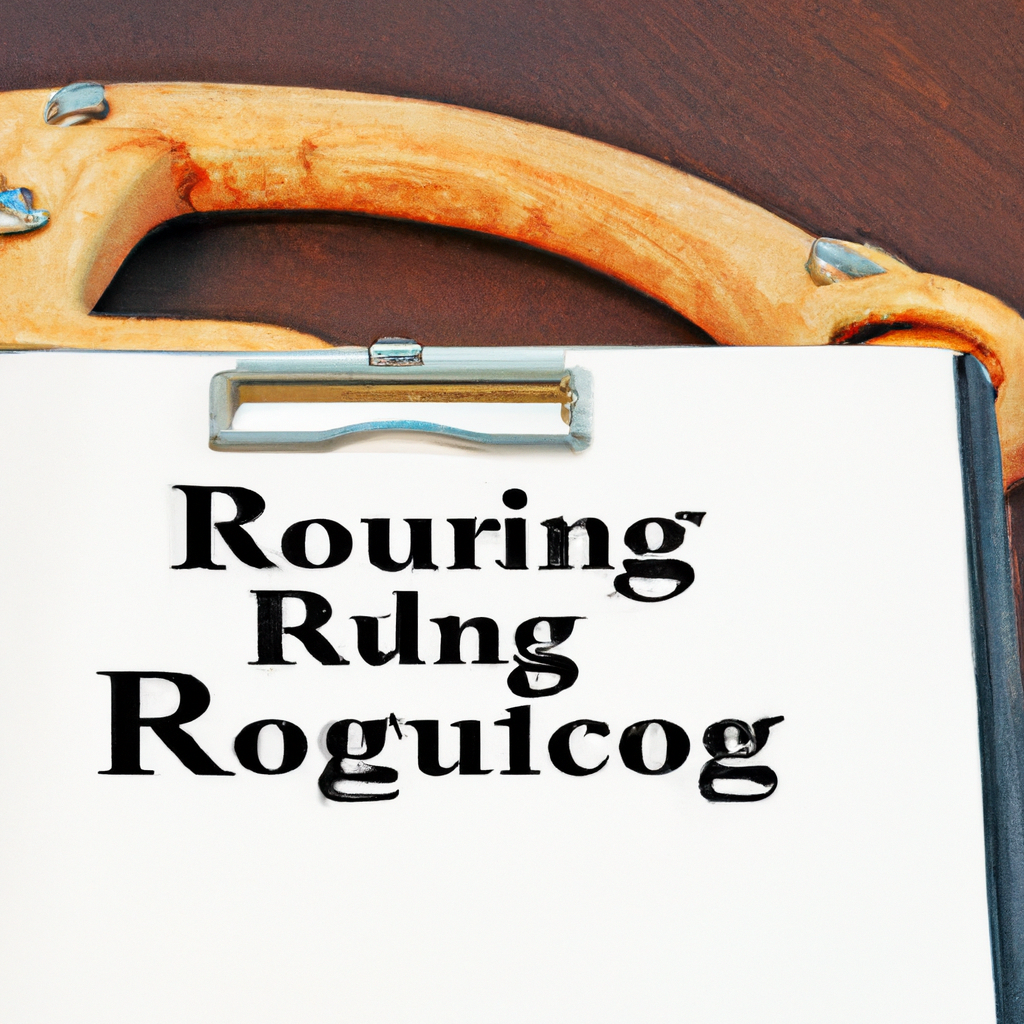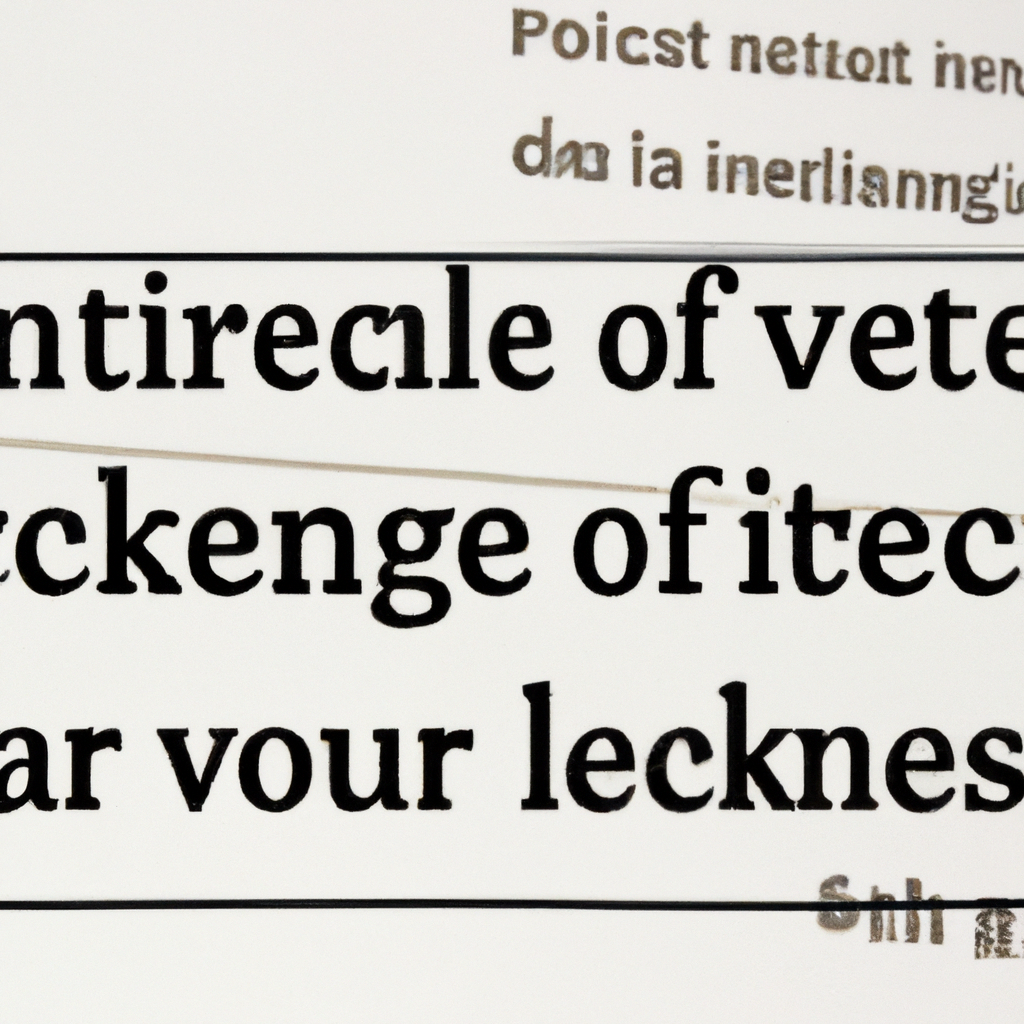Recognizing and Addressing Resource Guarding in Dogs
Title: Beneath the Surface: Unraveling the Enigma of Resource Guarding in Dogs Excerpt: In the intricate world of canine

In the enchanting realm of wagging tails and wet noses, there exists an intriguing behavior that has puzzled dog owners for centuries – resource guarding. As lovable as our furry friends are, they are not without their flaws. These guardians of bones, toys, and even cherished spaces can exhibit possessive tendencies, raising concerns about their well-being and our ability to coexist harmoniously. However, fear not, for in this article, we shall embark on a journey to unravel the enigma of resource guarding in dogs, equipping you with the knowledge and tools necessary to recognize and address this behavior with compassion and understanding. So brace yourself, dear reader, for by the end, you shall possess a bond with your four-legged confidant that is unbreakable, built upon trust and mutual respect.
Understanding Resource Guarding Behavior in Dogs
Dogs are naturally territorial animals, and resource guarding is a common behavior that can be displayed by both puppies and adult dogs. Resource guarding refers to a dog’s tendency to protect certain items that they perceive as valuable, such as food, toys, or even their favorite resting spots. This behavior stems from a primitive instinct to ensure their survival and dominance within a social group.
It’s important for dog owners to recognize and understand resource guarding behavior to prevent potential conflicts and ensure the well-being of their pets. Here are some key points to consider:
- Causes: Resource guarding can develop due to a variety of factors, including past experiences of scarcity, competition within a multi-dog household, or even genetic predisposition. It’s essential to identify the underlying cause to effectively address the behavior.
- Signs: Dogs may exhibit a range of signs when resource guarding, such as growling, lunging, snapping, or even biting. Other subtle signs may include stiffening of the body, intense staring, or displaying an elevated posture.
- Prevention and Training: Early socialization and positive reinforcement training play a crucial role in preventing resource guarding behavior. Encouraging your dog to associate positive experiences with sharing their resources can help them feel more secure and decrease the likelihood of resource guarding.

The Signs and Triggers of Resource Guarding
Resource guarding can be a challenging behavior to navigate as a pet owner. If your furry companion exhibits signs of resource guarding, it’s important to understand the common triggers and signs that may accompany this behavior. Recognizing these signs will allow you to effectively manage and address the issue, ensuring the safety and well-being of both your pet and those around them.
Identifying the signs of resource guarding involves observing your pet’s behavior during specific situations. Some common triggers include:
- Food guarding: If your pet becomes overly possessive of their food, growls or lunges when others approach, or shows signs of anxiety or aggression during mealtime, they may be resource guarding their food.
- Object guarding: Some pets may become possessive of certain toys, bones, or even furniture. Signs of object guarding can include growling, snapping, or attempting to hide or protect the object from others.
- Space guarding: Dogs, in particular, may display space guarding behavior by growling or showing aggression when others encroach on their personal space, such as their bed or favorite resting spot.
By recognizing these triggers and signs, pet owners can take appropriate measures to address and manage resource guarding behaviors effectively, such as seeking guidance from professional trainers or implementing behavior modification techniques. Remember, this behavior can be modified with patience, consistency, and a thorough understanding of your pet’s needs.

Effective Techniques for Addressing Resource Guarding in Dogs
Resource guarding in dogs can be a concerning behavior that may lead to aggression and conflicts within the home. However, with the right techniques and consistent training, it is possible to address and manage this behavior effectively. Here are some strategies that can help:
- Positive Reinforcement: Utilize rewards and praise to reshape your dog’s behavior around resources. When your dog displays calm and non-aggressive behavior, reward them with treats or verbal praise.
- Counterconditioning: Gradually change your dog’s emotional response to having their resources approached or touched. Start by moving your hand or an object near their resource from a distance where they remain relaxed, and gradually decrease the distance over time.
Remember, it is essential to consult a professional dog trainer or behaviorist for specific guidance tailored to your dog’s needs. With patience, consistency, and positive reinforcement, you can make significant progress in addressing resource guarding behaviors in your furry friend.

Promoting a Positive and Safe Environment for your Dog
Creating a harmonious and secure environment for your furry friend is essential for their overall well-being and happiness. By following these simple guidelines, you can ensure that your dog is surrounded by positivity and safety:
1. Establish a consistent routine:
- Set regular feeding, exercise, and sleep schedules to provide structure and stability for your dog’s daily life.
- Consistency helps them feel secure, reduces anxiety, and promotes good behavior.
2. Create a cozy den for relaxation:
- Designate a comfortable space, like a soft bed or a crate, where your dog can retreat to when they need some quiet time.
- This den-like environment provides a sense of security and promotes relaxation.
- Ensure the area is quiet, away from high-traffic zones, and equipped with toys or chewables to keep them entertained.
Remember, implementing these practices can have a substantial impact on your dog’s mental and emotional well-being. By promoting positivity and safety, you’re fostering a loving environment that will strengthen the bond between you and your faithful companion.
In Summary
As we bid farewell to this enlightening journey through the intricate world of recognizing and addressing resource guarding in our beloved furry companions, we find ourselves armed with newfound knowledge and a deeper understanding of our furry friends.
Through this article, we have explored the sometimes mysterious behavior displayed by our loyal canine companions when it comes to guarding their treasures. But fear not, for knowledge is the key that unlocks the door to a harmonious coexistence between human and canine.
By recognizing the subtle signs and understanding the root causes behind resource guarding, we have taken the first steps towards nurturing a peaceful bond with our four-legged family members. It is through empathy, patience, and an open mind that we pave the way for a brighter future, free from the shadows of misunderstandings.
Remember, dear reader, that resource guarding is merely a reflection of our dogs’ inherent instincts and their primal desire to survive. Harnessing this knowledge allows us to approach the matter with compassion and empathy, addressing the issue head-on.
But let it be known that no journey is complete without action. Armed with our newfound understanding, it is our duty to take the next step and address resource guarding headlong. It is in our hands to create an environment where trust and respect thrive, and our furry friends feel secure enough to relinquish their guard.
Seeking professional guidance, employing positive reinforcement techniques, and gradually desensitizing our dogs to the triggers that prompt resource guarding will undoubtedly set the stage for a happier and more harmonious existence for both human and canine.
As we conclude this odyssey of discovery, let us never forget that recognizing and addressing resource guarding is not just a conquest for peace, but also an opportunity for personal growth. Learning from our loyal companions teaches us about ourselves, our patience, and the unbreakable bond we share.
So, with open hearts and minds, let us venture forth, ready to conquer the intricacies of resource guarding, armed with compassion, knowledge, and a commitment to building a world where both dogs and humans can thrive, side by side.






